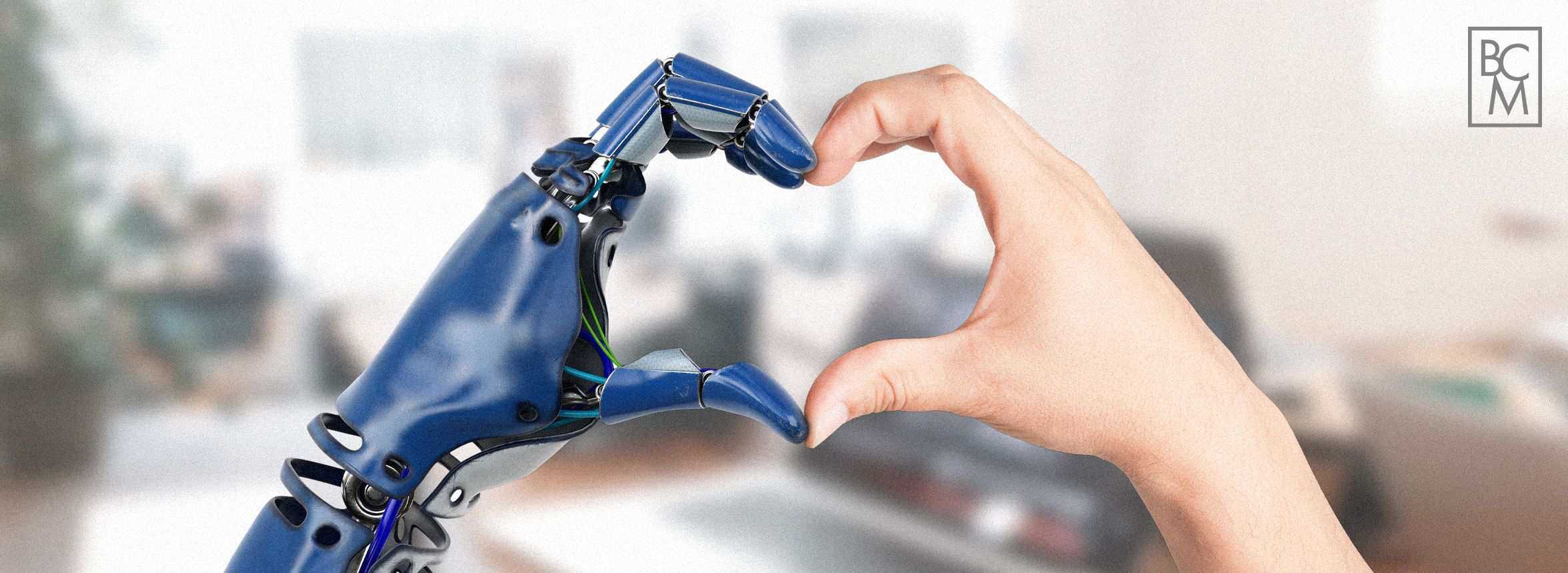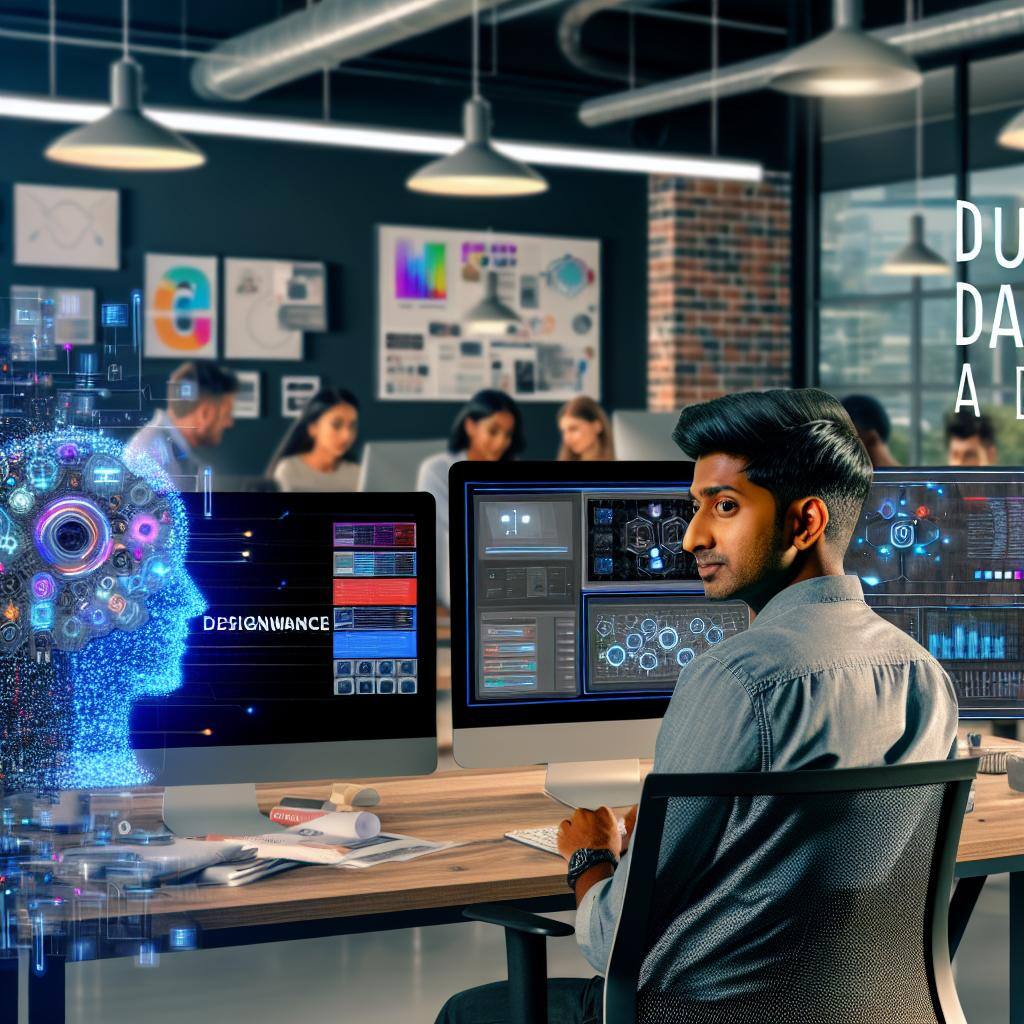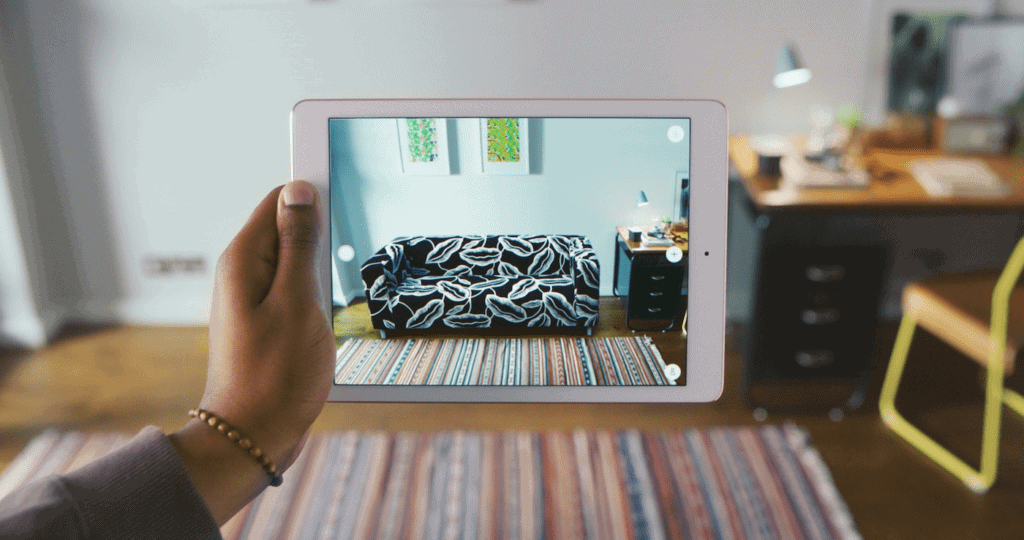AI In Performance Marketing: How Generative AI Improves Campaign Performance
Discover how generative AI is revolutionizing ad campaigns, enhancing engagement and driving unprecedented ROI.


When we hear about Artificial Intelligence applications that will select imagery and write copy for ads, it’s easy to fast forward and imagine how the machines will wring every last drop of humanity out of advertising creative in a ruthless pursuit of efficiency (and did I mention destroy the creative advertising profession along the way?).
Fear not, because anything A.I. can do, A.I. + Humans can do better. Take, for example, a popular phrase recently coined within the medical industry that’s been supported by significant research: “A Radiologist who uses A.I. is better than a Radiologist who does not use A.I.” A.I. can sort through millions of medical images, “learning” in the same way as a Radiologist does — by recognizing patterns. This means that A.I. can (and does) assist doctors with the interpretation of imagery and diagnosis of conditions with much greater effect.
Apply that same sentiment to our industry. Artificial Intelligence is a tool in the fight for brand dominance – and as with any tool, it’s only as good as the people who use it. Creative agencies who best assimilate artificial intelligence with human creativity will take their offering to the next level.
Let’s consider how incorporating A.I. into the agency creative process will improve the quality of advertising by magnifying the focus on big ideas, supercharging the creativity of our talent, and delivering better ROI.
At BCM, we already know that A.I. can help us quickly glean deep, original target and brand insights for creative messaging strategies – ensuring our team spends time on original creative directions that we know will work.
A.I. has helped us identify some unusual and wonderful connections to great effect. Take, for example, how BCM used the A.I.-powered consumer intelligence platform Resonate to create an enormously successful social media campaign for a leading sunscreen brand. The “Keeping it Real” campaign was based on a psychographic insight gleaned from sorting through a sea of data – something only a machine could do. We discovered that moms feel distinct competitive pressure to portray a perfect family on social media – when their lives are, of course, not perfect. We had fun with the idea that other sunscreen brands try and portray family life as perfect, too. So, our client’s brand kept it real by showing we understand what it’s really like to get kids to put on sunscreen, and what a mom’s life is really like when she takes the family to the beach. The campaign was an enormous success. And while the insight was compliments of A.I., the concept was all homo sapiens.

BCM creatives turned to A.I. again for inspiration on a major men’s shaving brand. We employed A.I. to carry out pattern recognition photo analyses on phones and social sites to look for the most popular types of photos guys were taking with their phones and sharing online. We found that food, humor, and adventure were by far the 3 most popular themes. This insight became the basis of our “Epic Story” project, comprised of influencer videos, a UGC sweeps, and social posts. The campaign tied the epic stories of regular guys to the epic shave they can get from our client’s razor. The videos and user-submitted photos got millions of views and shares, and the brand saw its best sales results in years. A.I. and human creativity working together. The relevance of a creative concept and the appeal of a given message to a given person at a given time can be predicted with great accuracy based on myriad insights: political leanings, food and fashion choices, use of language, friends, mood, recent behaviors, sentiments in a social feed, photo sharing…you name it. If you want the most compelling campaign angles, there is simply too much data to gather, sort, pattern, and take advantage of, without the help of machines

A.I. will allow creative teams to spend more time on data-inspired big ideas and master campaign assets, and less on menial production tasks for large-scale digital initiatives. Once a big idea is nailed down (with the help of A.I.) and the team has created master assets such as an influencer program theme, a set of social ad templates, a campaign anthem video, and a UGC or sweeps idea, we can use A.I. to test and optimize copy and imagery combinations in ads that promote these things to various audiences during different dayparts, in different contexts. Instead of a creative team spending weeks working to assemble, revise, get client approval, traffic and re-traffic dozens of ads based on their big idea, we can let them get to work on more big idea thinking. And that’s where the focus should be.
As time goes by, more and more low-budget advertisers will be forced to rely on creative A.I.
because it will perform better and cost less than what even an “extremely affordable” creative team can make for them. In other words, A.I. will raise the quality of the myriad low-budget ads we see by making them uniformly more pleasing and personally relevant – as a direct consequence of cost savings. Mediocre creative people should be nervous about this.
As A.I. evolves, so will advertising. At worst, A.I. is going to help create ads that are more personally relevant, useful and efficient. At best, A.I. will help those who embrace and assimilate it to create more insightful and efficient advertising that has a profound impact on sales. As the great David Ogilvy said, “If it doesn’t sell, it isn’t creative.” Heck, by that logic Ogilvy might even say that A.I. is creative, if used right.
If you would like to explore using “Creative A.I.” for your brand advertising, please reach out to us. BCM helps advertisers realize the full potential of A.I. and marketing cloud technology to maximize search, social, and programmatic investments.

Discover how generative AI is revolutionizing ad campaigns, enhancing engagement and driving unprecedented ROI.

What is Augmented Realty? Whereas Virtual Reality (VR) gives users a 100% digitally immersive experience, Augmented Reality (AR) is technology that...

Gone are the days of running a few big, bold spreads in a popular magazine or launching a digital homepage takeover on a few high-traffic publisher...